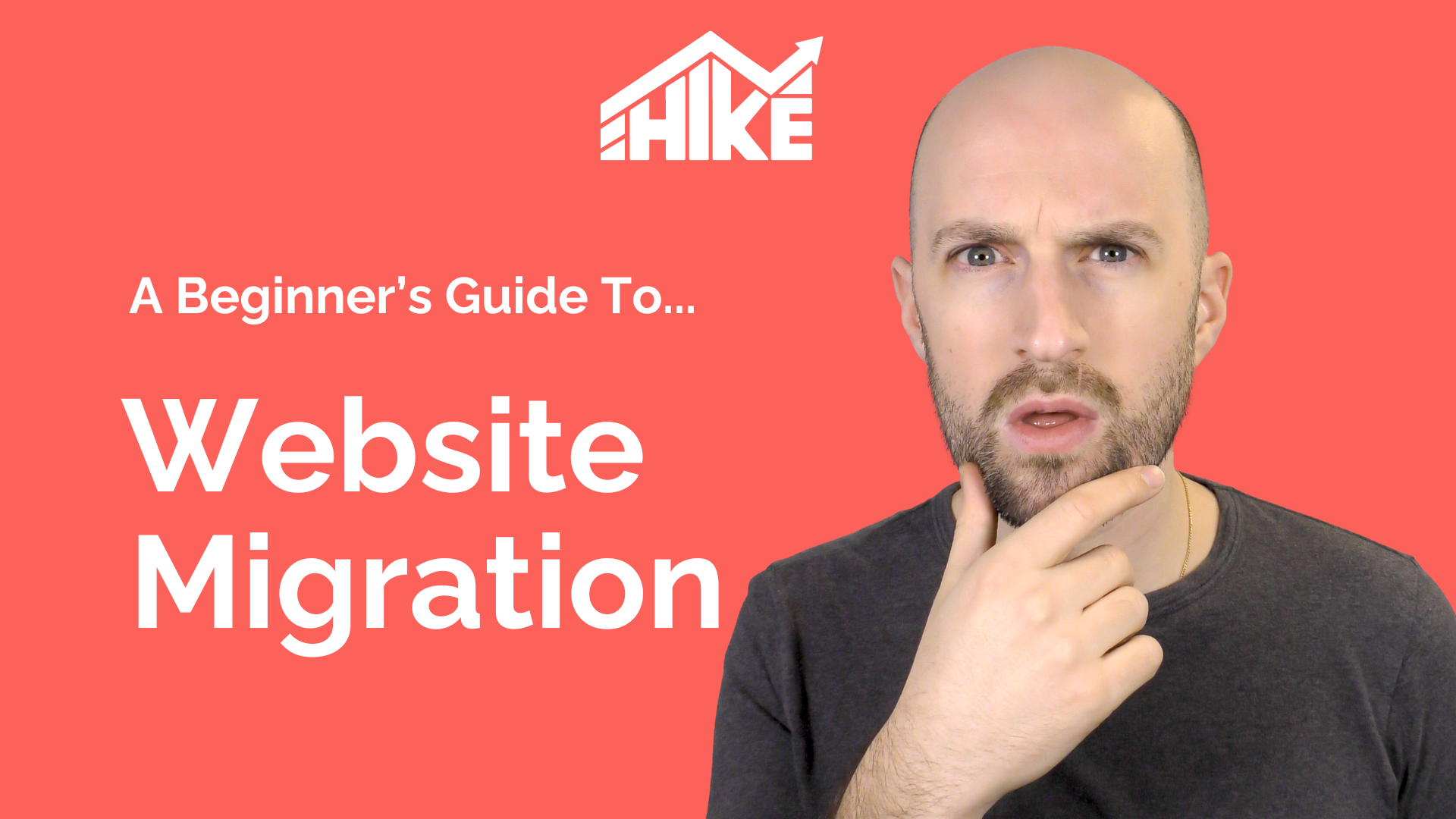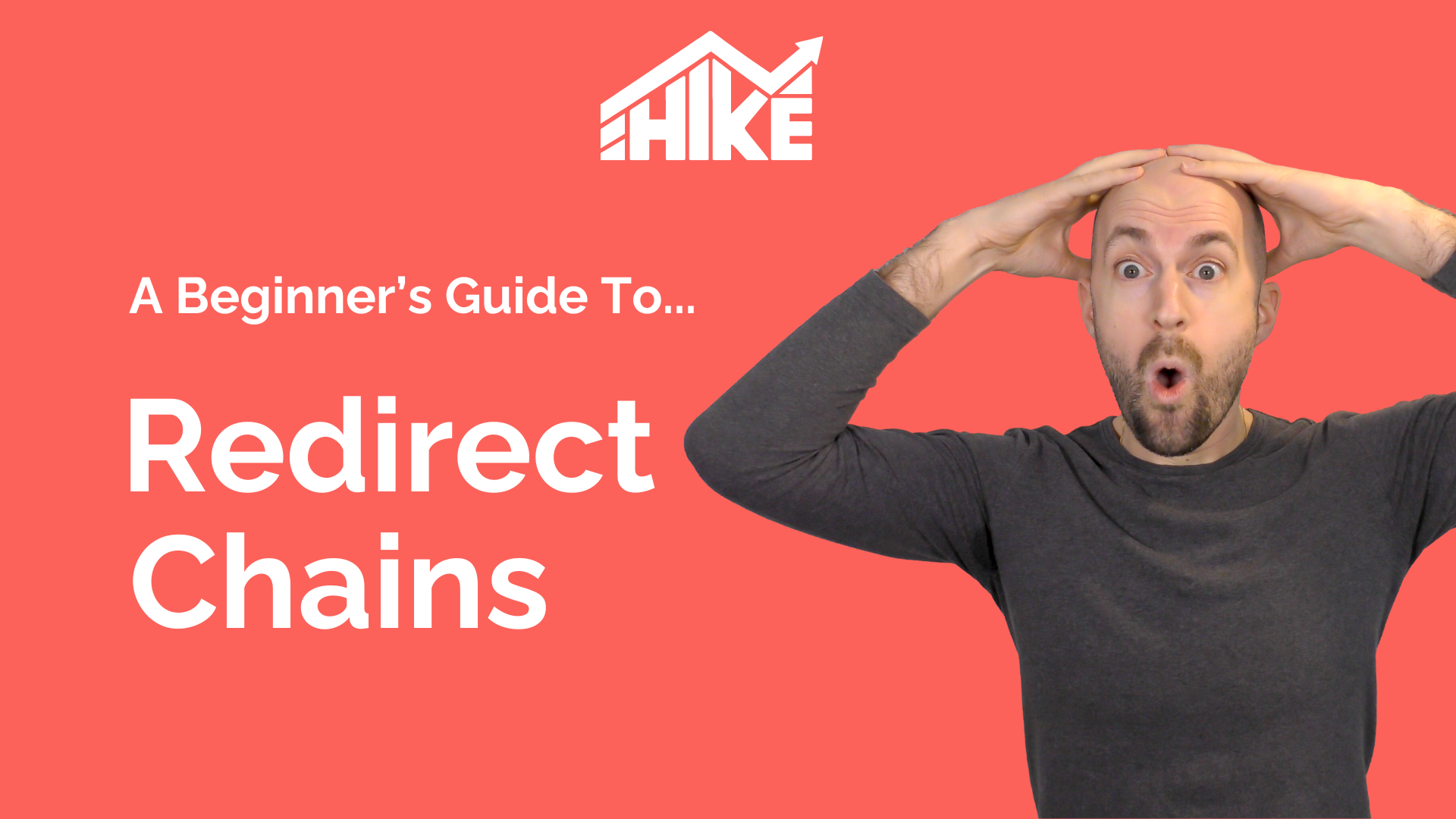Hey there 👋 Andy here, I’m one of Hike’s founders.
Kieran and I recently recorded a video over on our Facebook group and YouTube channel detailing the two types of SEO content that your website needs.
You can find the video below, along with the transcript of what we discussed.
Transcript
One question we get asked a lot here at Hike is, “How much should I be doing blog content as well as creating what we call evergreen content?”
We’ve got a few secrets to optimizing your website, which we can’t wait to share with you! Let’s talk about why the perfect SEO strategy combines both and breaks that down in detail. First off, let’s discuss evergreen content. Evergreen content is not time-sensitive, no matter the season. This material will be your product or service pages, where customers are looking to purchase something online. Tracking keywords is one of the most important things to do when customers know exactly what they need! For example, if they search “SEO software” in Google, they know they’re looking for SEO software and probably wish to purchase SEO software. They know exactly what they want, and you need to target those people because your conversion can be really high if you attract these people looking to purchase.
You want these posts to rank highly on Google to keep them top-of-mind amongst potential clients when they’re ready to buy from you!
Next, we have blog content. The great thing about blog content is that it allows you to focus on customers who are in need but have no idea what they’re looking for yet.
They might not know that they need your service or what it’s called. But if you can get the right blog post in front of them – one created with their specific needs and wants in mind – then chances are they will turn to your website when they’re ready to purchase. For example, a consumer that knows what they want might search “SEO software.” Whereas Someone that doesn’t know what they want might search “how to get to the top of Google”. By ensuring your website has a nice mix of both types of content, you’ll be targeting the needs of two different types of customers and increasing your sales from both channels.
Let’s talk about the keyword intent! Evergreen content is for transactional intent. Google knows that when Someone searches “SEO software,” they often search for transactional pages, e.g. product and service pages. Therefore, this is the type of web pages Google will display to the user. Informational intents, however, are what Google usually shows as blogs on their SERP – not necessarily blog posts themselves (although they may be), but anything where you’re providing information to your readers, which typically people classify under the term of a ‘blog’.
By ensuring your website has both Evergreen and Blog content pages, you can effectively target both types of consumers through keyword intent. But how can you strategically optimize both pages to get the best possible SEO results?
For each of your different services, products, or whatever you wish to rank for, create one service page. It is crucial to target only one page rather than multiple pages per keyword. If you don’t choose to do so, you risk keyword cannibalization. For example, if we attempted to rank the keywords “SEO software” on ten pages rather than just one, Google wouldn’t necessarily know which one to rank highest necessarily. This can result in all of the ‘optimized’ pages not ranking as well as they could.
One popular SEO tactic is to create three to four supporting blog posts around one particular topic. For example, if I focussed on my service page, “SEO software”, I might write some blog posts about how to use SEO software effectively or how keyword tracking can help you monitor your SEO. They won’t necessarily drive more traffic as individual pages, but they will support the focussed service page by ensuring you use internal links between them. It’s important to have sturdy, related support for your service page. Having relevant blog posts on the bottom of a well-designed website will keep customers more engaged. Then likewise, make sure that these three to four blog posts that you do link back to the service page. This will make it easier for Google to understand the keyword you wish to rank for.



